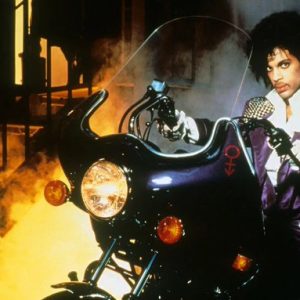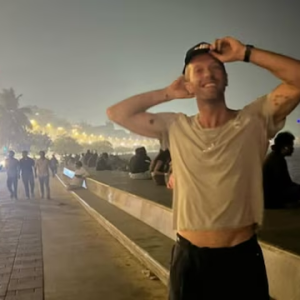Michael Jackson's Music Videos: Pioneering Visual Storytelling in Music
When you think of the King of Pop, it’s hard not to envision the groundbreaking music videos that defined a generation and reshaped the landscape of the music industry. Michael Jackson wasn’t just an artist; he was a visionary—a creator who understood that music and visual storytelling could create a powerful emotional connection. His music videos are not just videos; they're cinematic experiences that continue to captivate audiences around the world.
The Narrative Revolution
Before Michael Jackson, music videos were often simple, performance-based clips that failed to engage viewers beyond the music itself. However, with "Thriller," released in 1983, Jackson transformed the format into a full-fledged narrative medium. The iconic video, directed by John Landis, was a 14-minute mini-movie that told a spooky yet captivating story, complete with intricate choreography, special effects, and a storyline that left audiences not just entertained but utterly mesmerized.
The groundbreaking "Thriller" set the stage for what a music video could be. It wasn’t just about showing off the music; it was about crafting a narrative that engaged the viewer’s emotions. The legendary zombie dance sequence became an instant cultural phenomenon, leading to a renaissance where music videos became a canvas for storytelling.
Dancing with the Stars
Jackson's mastery of dance added another layer to his music videos, elevating them to an art form. From the famous moonwalk in "Billie Jean" to the mesmerizing choreography in "Smooth Criminal," each move was carefully curated to enhance the emotional depth of the song. Jackson collaborated with top choreographers and dancers, seamlessly integrating stunning visuals with captivating narratives. This marriage of dance and storytelling not only made his videos memorable but also set the trend for future artists who would follow in his footsteps.
Visual Effects: A Technological Leap
As technology advanced, so did Jackson’s vision for his music videos. In "Black or White," he pushed the envelope of visual effects, using ground-breaking morphing technology that showcased diverse faces from around the world in a visually arresting, thought-provoking piece. This was a powerful statement on unity and race, adding layers of social commentary that many artists today strive to replicate.
The music video for "Scream," a collaboration with his sister Janet Jackson, exemplified how Jackson embraced innovative technology. With its dark, edgy aesthetic and high-budget production value, "Scream" challenged societal norms while delivering a powerful message about the pressures experienced by artists in the public eye.
Social Statements and Cultural Impact
Jackson was not just a master of spectacle but also used his platform to address important social issues. His video for "Black or White" tackled themes of racial harmony and equality, while "Heal the World" encouraged viewers to care for one another. These videos not only served as entertainment but also fostered a sense of responsibility toward social justice, inspiring generations of fans to think critically about the world around them.
His knack for storytelling wasn’t limited to just visuals; the lyrics of his songs often tackled relevant issues, creating a profound connection with listeners. Jackson harnessed his fame and influence to speak up for the voiceless, encouraging a dialogue about change that resonates to this day.
Legacy of Innovation
Michael Jackson’s music videos continue to inspire contemporary artists. The likes of Beyoncé, Lady Gaga, and Bruno Mars often cite him as a major influence in their video concepts. With the rise of platforms like TikTok and Instagram, the landscape of music videos has evolved; however, the essence of storytelling remains. Artists now aim to create impactful narratives that resonate with audiences, just as Jackson did decades ago.
In an era where streaming has altered how we consume music, Jackson's vision remains relevant. His visionary ideas about integrating music and visuals have transformed how we perceive music videos, making them an essential part of an artist's identity and marketing strategy.
Conclusion: The King Never Left
Michael Jackson’s legacy as the King of Pop extends far beyond his chart-topping hits. He redefined what a music video could achieve, merging visual storytelling with social consciousness and unforgettable choreography. As we watch and revisit his iconic music videos, we are reminded that his influence is here to stay.
So pop those popcorn kernels and prepare for a night of nostalgia! Whether you're getting lost in the haunting visuals of “Thriller” or jamming to the upbeat energy of “Beat It,” it’s undeniable: Michael Jackson’s music videos are not just a trip down memory lane; they're a masterclass in visual storytelling that encourages us to dream bigger and dance harder!

